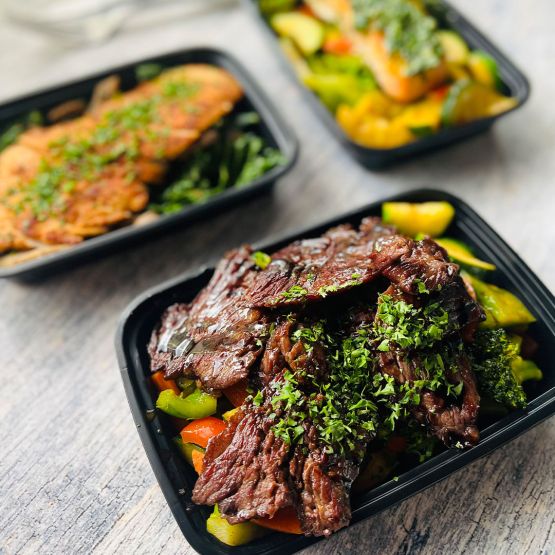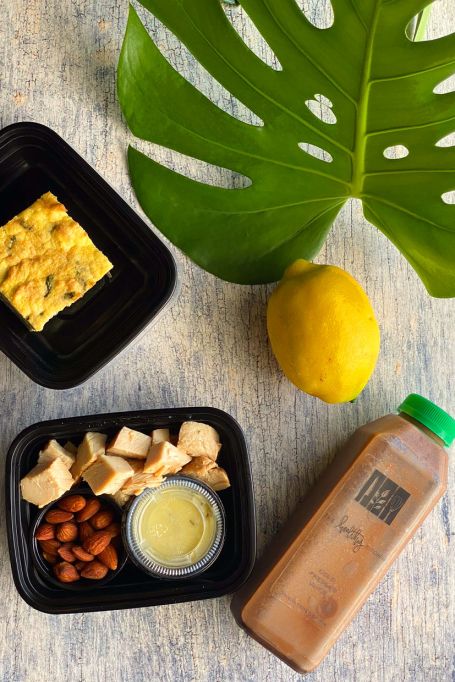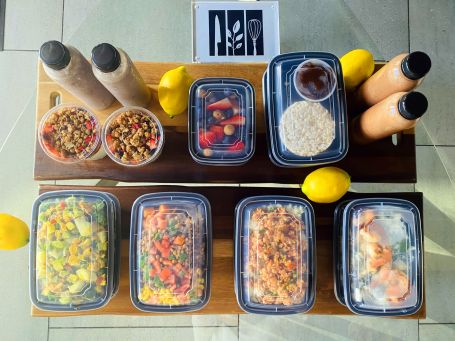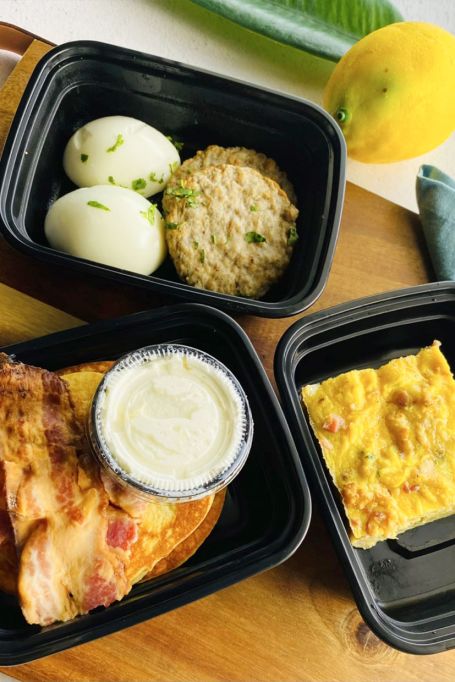
Are you looking to shred some pounds, slim down and regain optimal healthy and energy?
Join us from September 25st – Oct 22nd in our nutritional bootcamp Keto-X Camp and become better version of yourself.
Our KetoX v.2.0 has been carefully analyzed, optimized and tailored to fit the modern Mediterranean Ketogenic Diet guidelines.
Exposing our bodies to periodic ketogenic cycles is STILL the best way to achieve metabolic flexibility and unlock BOSS-level energy levels and mental clarity.
Don’t miss out and join thousands of healthy individuals on their way to unbeatable health.
Join a comprehensive program to help you shed those stubborn pounds, slim down, and regain your ultimate health and vitality.




Our Ketox 2.0 Simple Rules
-
40-50% Protein
-
40% Healthy Fats
-
10-20% Healthy Carbs
28-DAY KETO CARB CYCLE PROGRAM
-
Breakfast, lunch and dinner included
-
2 biweekly cycles of
- New KetoX 2.0 – Based on the Modern Mediterranean Ketogenic Diet.
- All-new Macros. More protein. Less saturated fats. More polyphenols. More antioxidants.
- Specifically designed to achieve Metabolic Flexibility.
-
All natural non-GMO
-
Proven nutrition
-
Weekly assessments available




During these 28 days
we will provide
EVERYTHING you need to reach your healthy goals:
What our happy customer have to say
⭐⭐⭐⭐⭐

Frequently Asked Questions
A keto diet is well-known for being a low carb diet, in which the body produces ketones in the liver to be used as energy. It’s referred to by many different names – ketogenic diet, low carb diet, low carb high fat (LCHF), and so on. Though some of these other “names” have different standards, we’ll stick with the standards of keto.
When you eat something high in carbs, your body will produce glucose and insulin. Glucose is the easiest molecule for your body to convert and use as energy, so it will be chosen over any other energy source.
Insulin is produced to process the glucose in your bloodstream, by taking it around the body. Since the glucose is being used as a primary energy, your fats are not needed and are there- fore stored. Typically on a normal, higher carbohydrate diet, the body will use glucose as the main form of energy.
By lowering the intake of carbs, the body is induced into a state known as ketosis.
Ketosis is an everyday process of the body, regardless of the number of carbs you eat. Your body can adapt very well, processing different types of nutrients into the fuels that it needs. Proteins, fats, and carbs can all be processed for use. Eating a low carb, high fat diet just ramps up this process, which is a normal and safe chemical reaction.
When you eat carbohydrate-based foods or excess amounts of protein, your body will break this down into sugar – known as glucose. Why? Glucose is needed in the creation of ATP (an energy molecule), which is a fuel that is needed for the daily activities and maintenance in- side our bodies.
If you’ve ever used a calculator to determine your caloric needs, you will see that your body uses up quite a lot of calories. It’s true, our bodies use up much of the nutrients we intake just to maintain itself on a daily basis. If you eat enough food, there will likely be excess glucose your body doesn’t need.
There are two main things that happen to glucose if your body doesn’t need it:
• Glycogenesis. Excess glucose will be converted to glycogen, and stored in your liver and muscles. Estimates show that only about half of your daily energy can be stored as glycogen. • Lipogenesis. If there’s already enough glycogen in your muscles and liver, any extra glucose will be converted into fats and stored.
So, what happens to you once your body has no more glucose or glycogen? Ketosis happens.
When your body has no access to food, like when you are sleeping, the body will burn fat and create molecules called ketones. This is what happens on a ketogenic diet – we burn fat for energy. We can thank our body’s ability to switch metabolic pathways for that.
These ketones (acetoacetate) are created when the body breaks down fats, creating fatty acids, and burned off in the liver in a process called beta-oxidation. The end result of this process is the creation of 2 other ketones (BHB and acetone), which are used as fuel by the muscles and brain.
Although glucose is the main source of fuel for most people, these fatty acids (BHB and ace- tone) are used by the brain cells when carbohydrate or food intake is low. In simpler terms, since you have no more glucose or glycogen, ketosis kicks in and your body will use your sto- red/consumed fat as energy.
Ketosis is pretty amazing, and in fact, gets even better. Studies show that the body and brain actually prefer using ketones, being able to run 70% more efficiently than glucose. From an evolutionary standpoint, this makes perfect sense.
- Weight Loss. As your body is burning fat as the main source of energy, you will essentially be using your fat stores as an energy source while in a fasting state.
- Energy. By giving your body a better and more reliable energy source, you will feel more energized during the day. Fats are shown to be the most effective molecule to burn as fuel.
- Cholesterol. A keto diet has been shown to improve triglyceride levels and cholesterol levels most associated with arterial buildup.
- Blood Sugar. Many studies show the decrease of LDL cholesterol over time and have been shown to eliminate ailments such as type 2 diabetes.
- Hunger. Fat is naturally more satisfying and ends up leaving us in a satiated (“full”) state for longer.
- Skin. Recent studies have shown a drop in acne lesions and skin inflammation over 12 wee- ks.